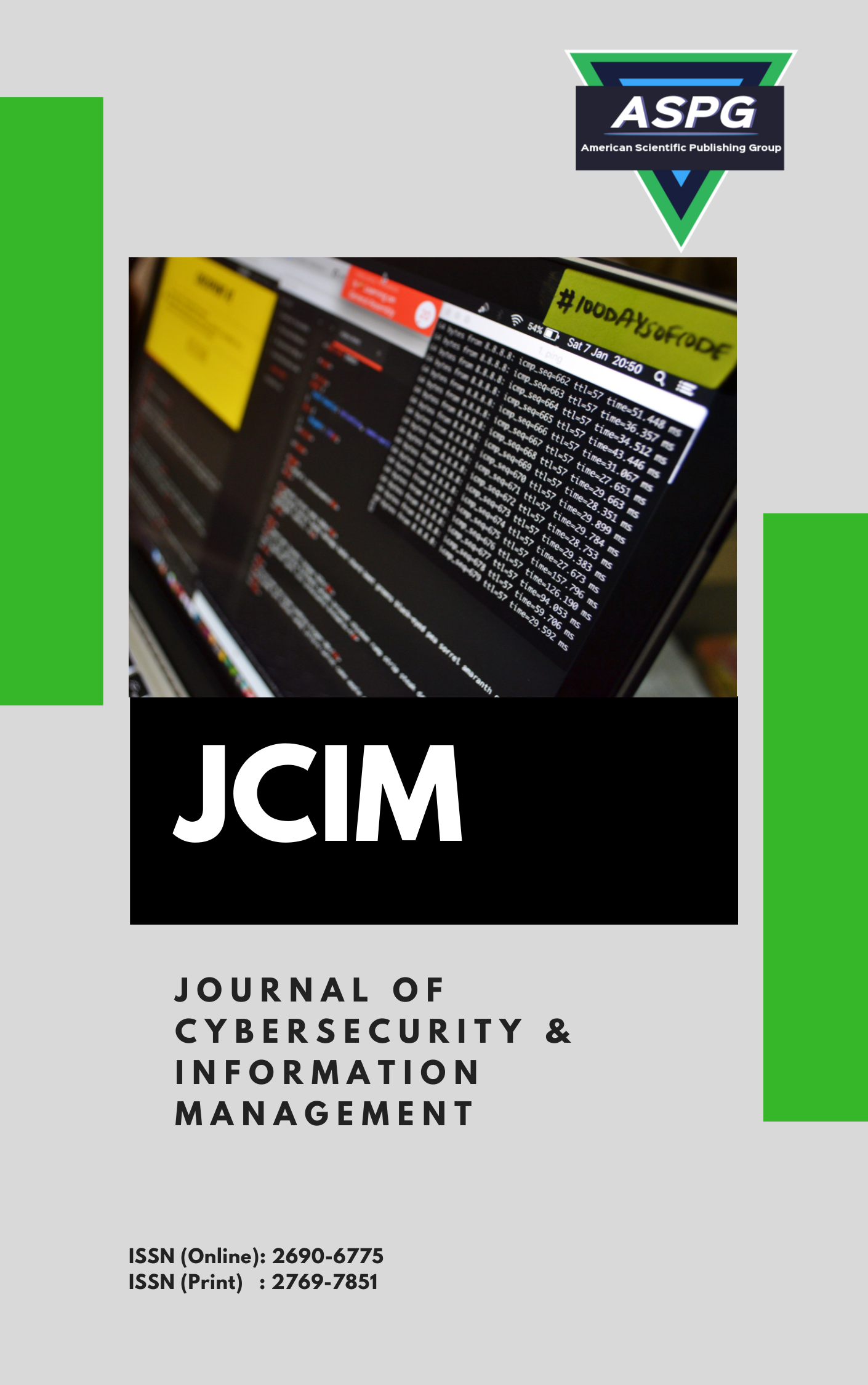

Volume 17 , Issue 1 , PP: 51-61, 2026 | Cite this article as | XML | Html | PDF | Full Length Article
Ahmed Abdul Mahdi Alawsi 1 * , Ahmed M. Ali Ali 2 *
Doi: https://doi.org/10.54216/JCIM.170105
This study examines the potential benefits of AI. It also addressees enhancing the performance of plants powered by solar and defending them against cyberattacks. Old controllers like PID and fuzzy logic work well in old places, and have no built in protection against cyber hackers that want to steal data, get into your control system, or obtain system access credentials. Artificial Neural Networks (ANN) and Reinforcement Learning (RL) are instances of AI-driven pattern stick to establishing fast adjustments on the fly, thus inducing non-normal behavior in controllers. This work uses AI to build models that predict solar flux on a surface and adjust input parameters in real time. In addition, it delivers security sensitive capabilities through pattern-driven analysis and alerting. MATLAB/Simulink simulations are used to demonstrate the efficacy of the approach, and it is compared with different methods in terms of power generation, time of response, power loss, stability, and quality of control. The ANN model made very good predictions, and the RL methods increased the flexibility and security of the system. According to the outcomes, the inclusion of AI into the system not only makes it more efficient in terms of producing energy but also renders it invulnerable to hackers or any other operational risks. This blog post discusses the need to secure AI-based energy systems with intelligent security. It also adds that future studies should explore the convergence of AI and cyber security in safeguarding critical infrastructure.
Artificial Intelligence , Solar Power , Control Systems , Neural Networks , Reinforcement Learning
[1] M. Veerachary, T. Senjyu, and K. Uezato, "Neural-network-based maximum-power-point tracking of coupled-inductor interleaved-boost-converter-supplied PV system using fuzzy controller," IEEE Transactions on Industrial Electronics, vol. 50, no. 4, pp. 749-758, 2003, doi: 10.1109/TIE.2003.814762.
[2] J. H. R. Enslin and P. J. M. Heskes, "Harmonic interaction between a large number of distributed power inverters and the distribution network," IEEE Transactions on Power Electronics, vol. 19, no. 6, pp. 1586-1593, 2004, doi: 10.1109/TPEL.2004.836615.
[3] A. R. Bhatti et al., "An Improved Approach to Enhance Training Performance of ANN and the Prediction of PV Power for Any Time-Span without the Presence of Real-Time Weather Data," Sustainability, vol. 13, no. 21, p. 11893, 2021, doi: 10.3390/su132111893.
[4] J. Wang, D. Gao, S. Zhu, S. Wang, and H. Liu, "Fault diagnosis method of photovoltaic array based on support vector machine," Energy Sources, Part A: Recovery, Utilization, and Environmental Effects, vol. 45, no. 2, pp. 5380-5395, 2023, doi: 10.1080/15567036.2019.1671557.
[5] B. C. Phan, Y.-C. Lai, and C. E. Lin, "A Deep Reinforcement Learning-Based MPPT Control for PV Systems under Partial Shading Condition," Sensors, vol. 20, no. 11, p. 3039, 2020, doi: 10.3390/s20113039.
[6] A. Safari and S. Mekhilef, "Simulation and Hardware Implementation of Incremental Conductance MPPT With Direct Control Method Using Cuk Converter," IEEE Transactions on Industrial Electronics, vol. 58, no. 4, pp. 1154-1161, 2011, doi: 10.1109/TIE.2010.2048834.
[7] S. K. Kollimalla and M. K. Mishra, "A Novel Adaptive P&O MPPT Algorithm Considering Sudden Changes in the Irradiance," IEEE Transactions on Energy Conversion, vol. 29, no. 3, pp. 602-610, 2014, doi: 10.1109/TEC.2014.2320930.
[8] H. R. Al-Dhaifallah, "Improved performance of ANN-based model for predicting output power of PV system under different weather conditions," IEEE Access, vol. 7, pp. 114256–114265, 2019.
[9] P. J. S. Sharma and A. Ghosh, "Fault diagnosis of solar photovoltaic system using support vector machine," IEEE Transactions on Energy Conversion, vol. 35, no. 2, pp. 760–768, 2020.
[10] X. Z. Y. Li and M. Cheng, "Reinforcement learning-based maximum power point tracking for PV systems under partial shading conditions," IEEE Transactions on Power Electronics, vol. 35, no. 10, pp. 10826–10837, 2020.
[11] V. K. S. P. Tiwari and M. Agarwal, "Artificial neural network-based MPPT for grid-connected PV system," IEEE Access, vol. 8, pp. 18873–18884, 2020.
[12] R. C. J. Martinez and A. Leyva, "Support vector machine-based fault detection in commercial PV systems," IEEE Transactions on Sustainable Energy, vol. 11, no. 4, pp. 2212–2221, 2020.
[13] F. W. M. Müller and D. Uhl, "Reinforcement learning-based energy management in a solar microgrid with battery storage," IEEE Transactions on Smart Grid, vol. 12, no. 1, pp. 620–629, 2021.
[14] A. A. Almutairi, "Hybrid fuzzy–neural network MPPT control for PV systems in desert environments," IEEE Access, vol. 9, pp. 65433–65444, 2021.